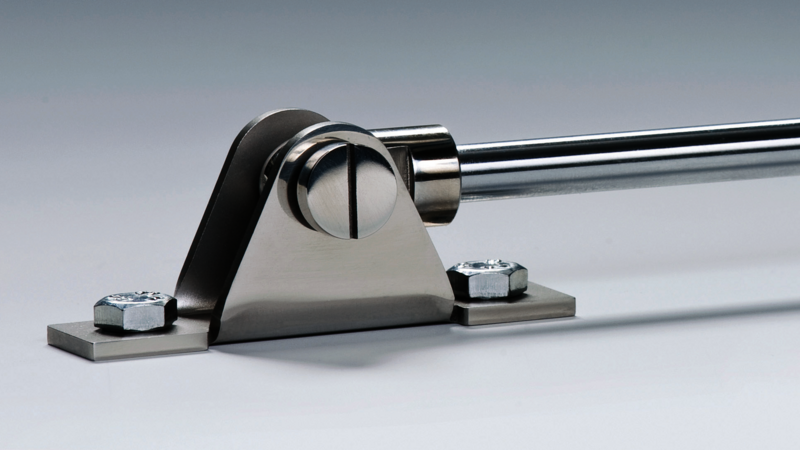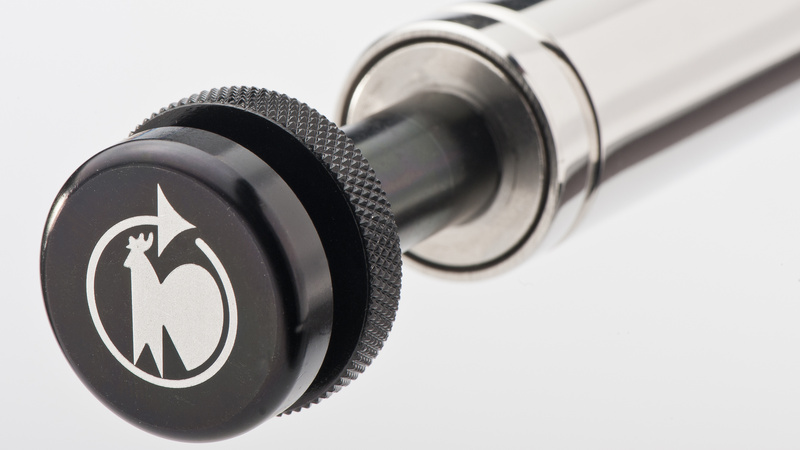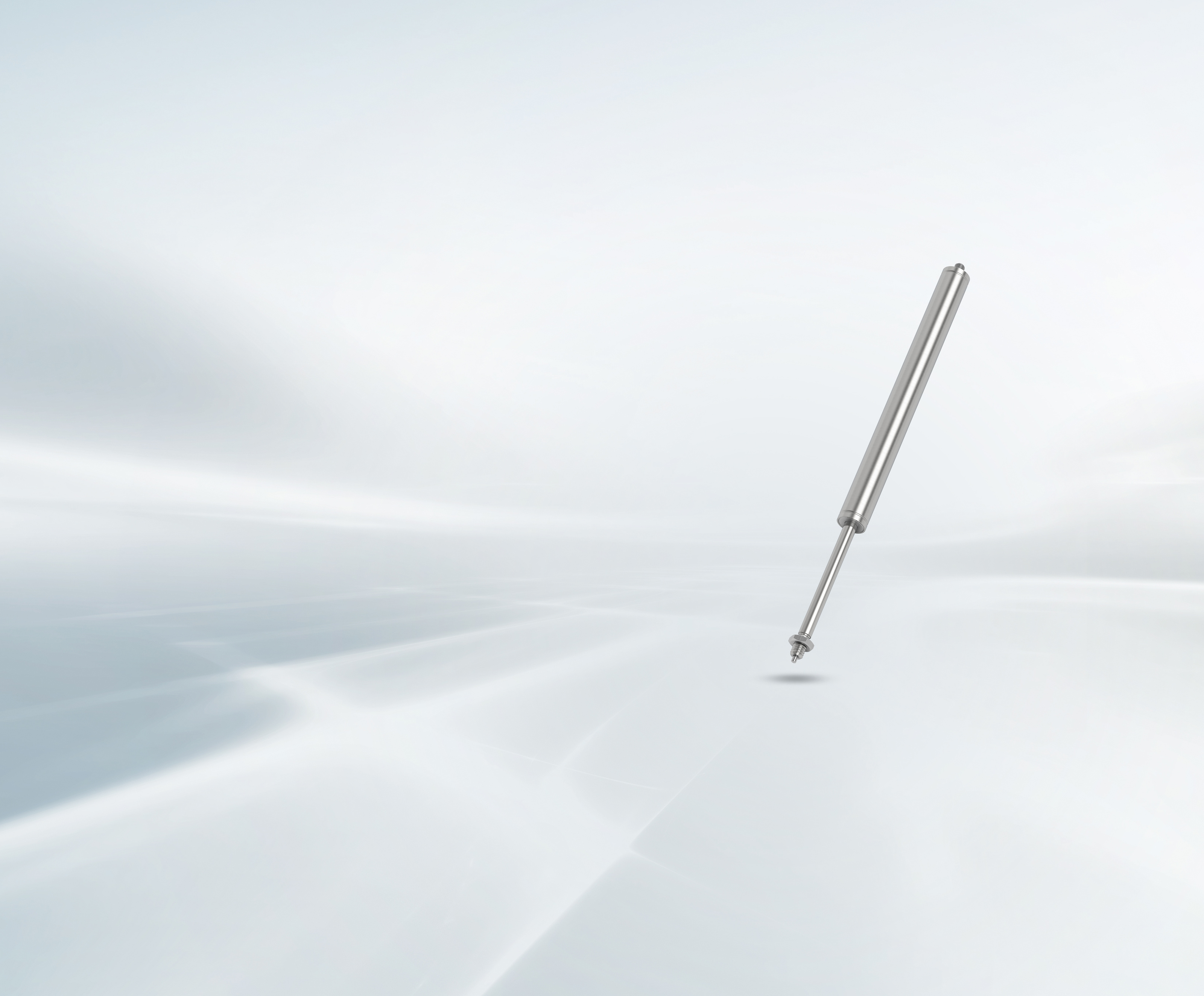The modular system of our lockable gas springs offers versatility and precision for your furniture, vehicle seats, hatches in boat building, and many other applications. Thanks to our innovative locking systems and the high flexibility provided by in-house production, we can provide you with the perfect lockable gas spring that is precisely tailored to your individual requirements. Short-term adjustments and extras are also possible at any time.
Customizable to your specifications
Our lockable gas springs can be locked continuously over the entire stroke. For example, chairs or tables can be individually and comfortably adjusted to the height of the respective user. Other pieces of furniture, vehicle seats, or boat hatches can also be fixed in any desired position and flexibly changed again.
Functional principle
And this is how it works: When actuated, the piston valve of the gas spring opens. In the case of a spring-lockable gas spring, nitrogen flows through the piston, while in the case of a gas springs that can be rigidly locked in the compression direction, oil flows through the piston. This allows the piston rod to be extended or retracted. When the trigger is actuated, the valve closes automatically and the piston rod is locked in the desired position.
Series and sizes
You can find all our different series and sizes in our catalog.
Various blocking systems are available, covering a wide range of possible applications:
Spring-lockable
Rigidly lockable in the tension direction
When it comes to the precise positioning of even heavy loads, an option that can be rigidly locked in the tension direction is ideal. The locking force depends on the filling pressure. By using a valve, the filling pressure of the spring can be optimally adapted to the application. Depending on the applied force and filling pressure, a very slight springing is possible in the direction of pressure. Preferred application areas include adjustment mechanisms for head and foot sections on massage tables or for backrests on chairs.
Rigidly lockable in the compression direction
This design is perfect for applications where heavy weights need to be locked with minimal extension forces. This is because the locking force is independent of the extension force. This makes it ideal for such applications as medical technology, where operating tables or patient beds need to be adjusted and fixed with millimeter precision.
Rigidly lockable in tension direction with low progression
Rigidly lockable in the tension and compression directions

It's all a question of the right material.
Our lockable gas springs are versatile and offer different functionalities depending on the selected material and option. The lockable gas springs are available in steel, V2A (AISI 304) stainless steel, and V4A (AISI 316) stainless steel, with each material option having specific advantages and possible applications. Stainless steel options offer additional corrosion protection and are ideal for environments with high humidity or chemical stressors, such as those found in food processing or maritime applications. Steel, on the other hand, offers a cost-effective solution for applications where corrosion resistance is less critical but high mechanical stresses occur. By combining the right material with the right option, tailor-made solutions can be achieved for almost any application.
-
Actuation systems

Experience the flexibility of the HAHN HY hydraulic actuation for lockable gas springs: It is individually adaptable, maintenance-free, and versatile. Perfect for furniture, therapy beds, exercise equipment, medical technology, driver’s seats, and much more – discover new design possibilities for your products!
-
Accessories

Discover our versatile accessories for gas springs and special solutions: From flexible actuation systems to special components for extreme conditions. Perfect solutions to suit your individual requirements – with HAHN Gasfedern, there are no limits to your creativity!
-
Extras

Discover our customized extras for HAHN gas springs. From protective tubes and seals to special damping solutions, we offer innovative solutions to meet all requirements for optimizing the performance and longevity of your gas springs.


